Traditions and Rituals before Nowruz(Iranian New Year):
No-Rooz, in word, means “New Day”. It is the new year of Iranians from pre-Islam, which is exact astronomical beginning of the spring that it usually occurs on March 21.
Before Nowrouz Iranians have special traditions for getting ready for New Year:
Samanu Pazoon(Cooking Samanu):
is a practice traced back to Pre-Islamic Persia. Samanu is a sweet paste made of germinated wheat and water (no other ingredients) prepared esp for Nowruz and is one of the important parts of Haft-seen. It is somehow a gathering of relatives and neighbors and in some small towns and rural areas is a public gathering announced for everyone. People also pray and do wishes for New Year while stirring Samanu.
House cleaning, or shaking the house (exact translate of Persian word Khane-Tekani):
People start preparing for Nowruz with a major spring cleaning of their homes, washing the carpets and so on. Also by buying new clothes to wear for the New Year they make themselves ready for this special event.
Sabzeh: Making Sprouts
One of the elements of Haft Seen is Sabzeh( sprouts). Making Sabzeh takes a couple of weeks to grow into a nice height. You can use different beans and seeds for making sprouts but typical one is wheat decorated with red ribbon.
Chaharshanbe Souri: Festival of Fire on the eve of last Wednesday of year
On the eve of last Wednesday of the year, bonfires are lit in public places and gardens, it is hoped for enlightenment and joy throughout the coming year. People jump over the flames, shouting while dancing:
Sorkhi-e to az man) meaning your red color is mine which is the symbol of health
(Zardi-e man az to) meaning my yellow and pall color is yours.
The origin of this tradition is from pre-Islamic era and Zoroastrians but it has not been exactly the same. Since fire is holy in Zoroastrians religion it is unlikely that they jumped over fire. It was believed that the living were visited by the spirits of their ancestors on the last day of the year, so they sat fire on the roofs to help them find their way to houses.
The other think that many people especially children do is to wrap themselves in veils and banging on pots and pans with spoons called “Gashog-Zani “to beat out the last unlucky Wednesday of the year, while they knock on doors to ask for treats. It is very similar to Halloween treat or trick.
Preparing Haft-Seen (The 7 “س”):
Haft-sin is an arrangement of seven symbolic items whose names start with the letter “س” pronounced as “seen” the 15th letter in the Persian alphabet, however there are some items in this table setting which do not start with seen like mirror, candles, holy book, goldfish, painted eggs.
The seven “seen” items and their symbolic significance are as followed. Although there are different interpretations for the symbols they represent:
Serkeh (Vinegar) symbolizes fertility and the sweetness of life
Sumac symbolizes the sunrise and the spice of life.
Seeb (Apple) is symbol of health and beauty
Senjed (Silverberry) symbolizes love and affection
Sabzeh (Sprouts) symbol of rebirth and renewal of nature
Sir (Garlic) is for good health
Samanu symbolizes fertility and the sweetness of life
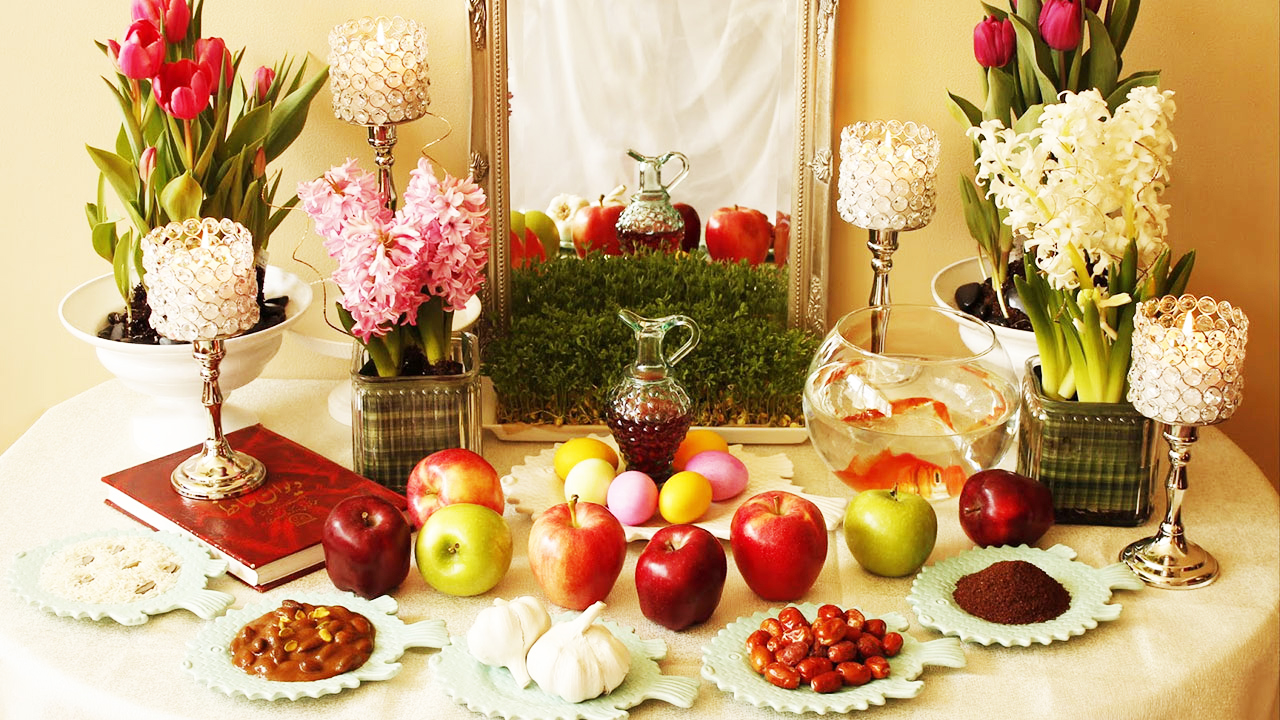
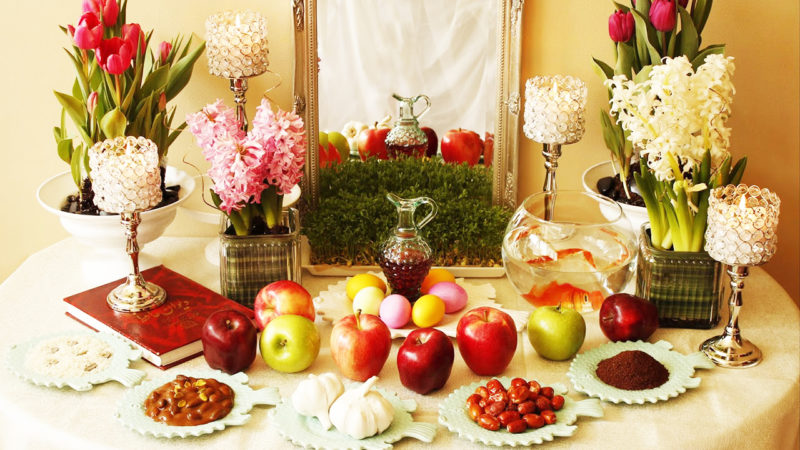
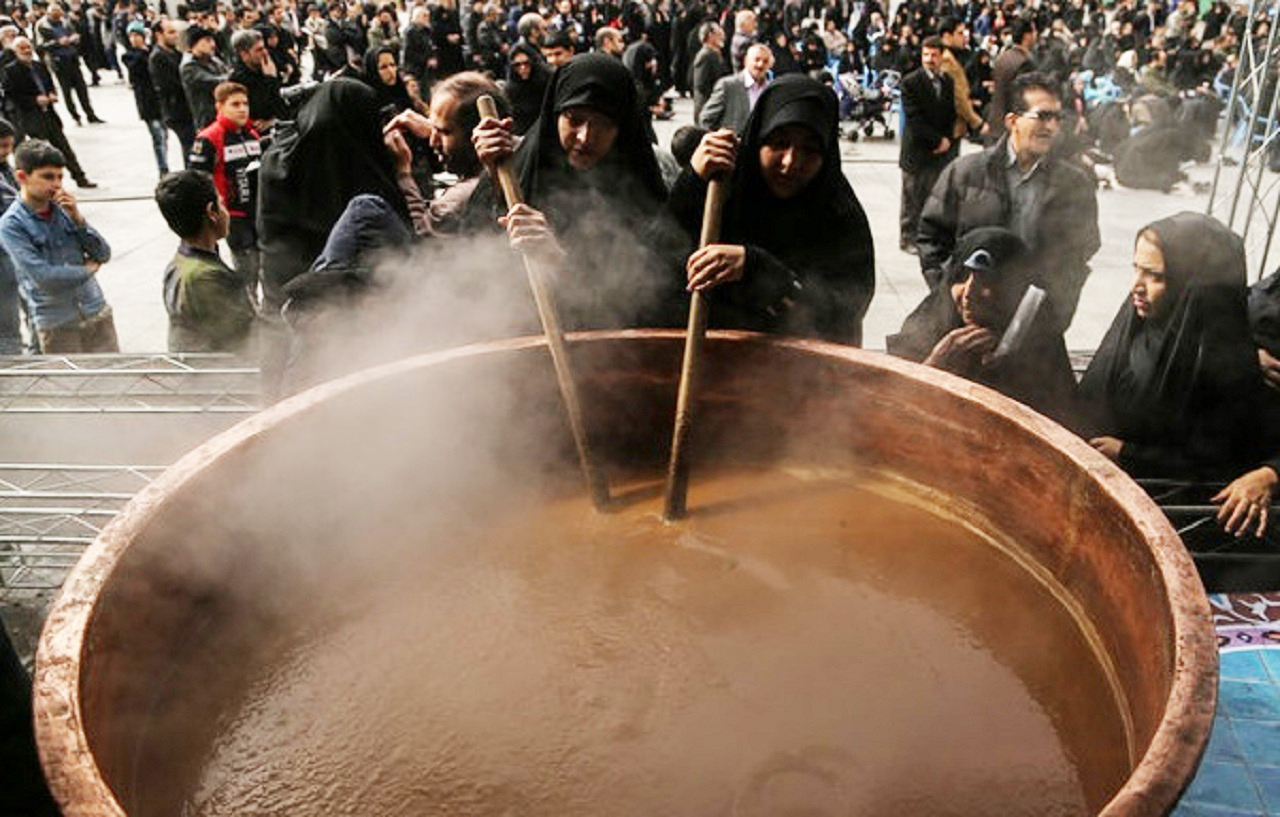
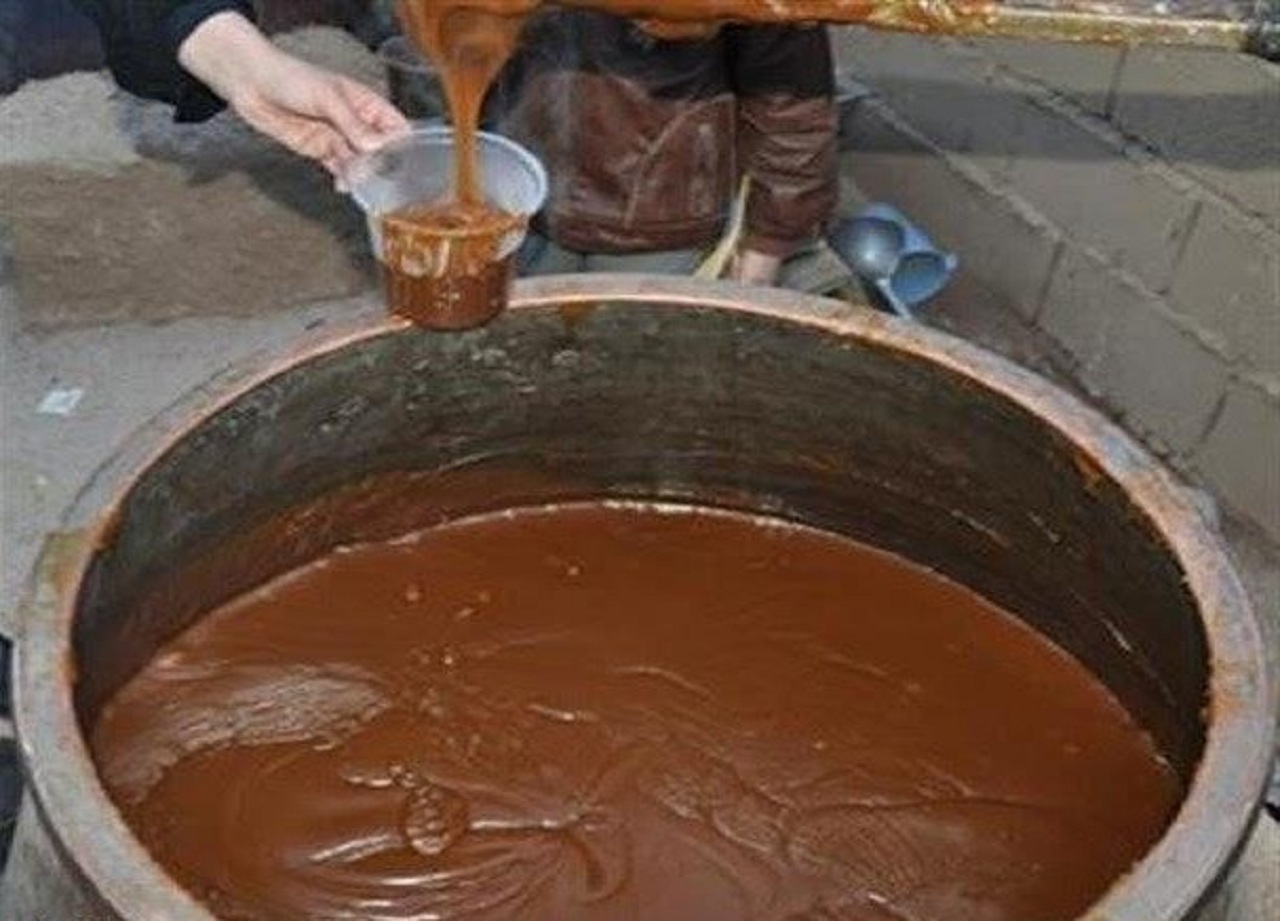
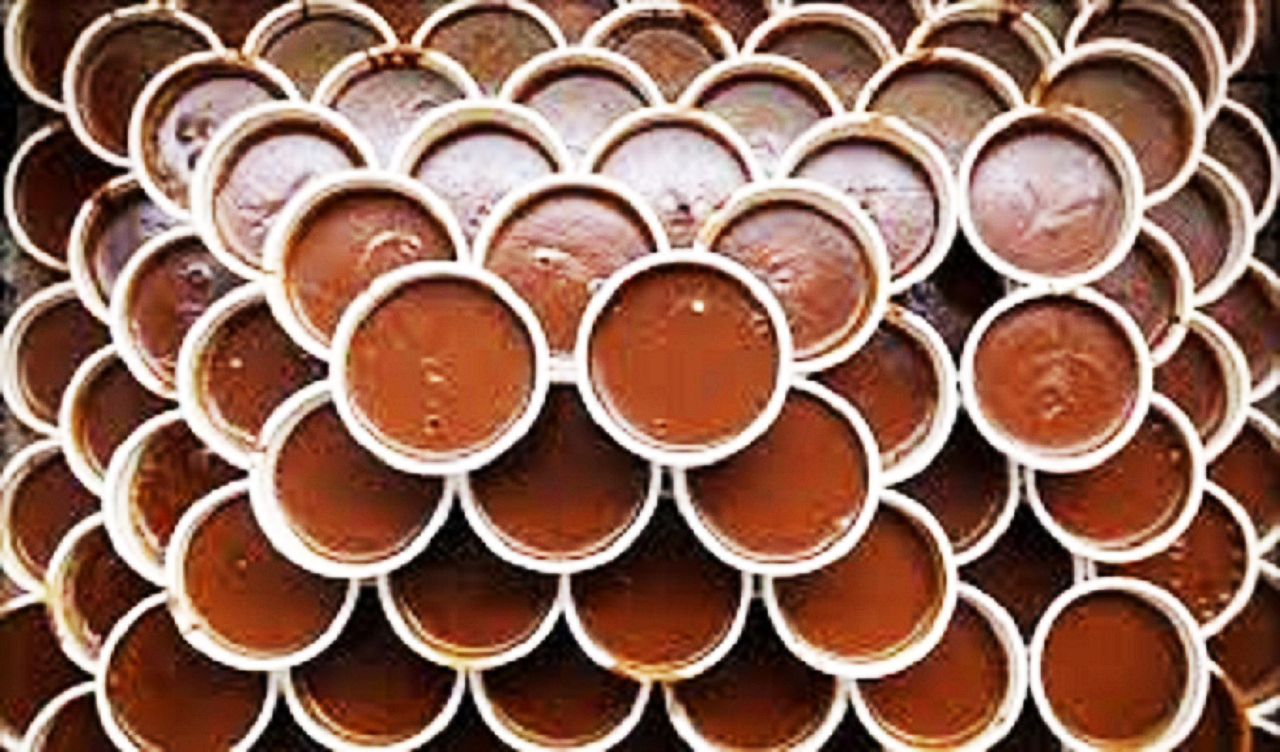
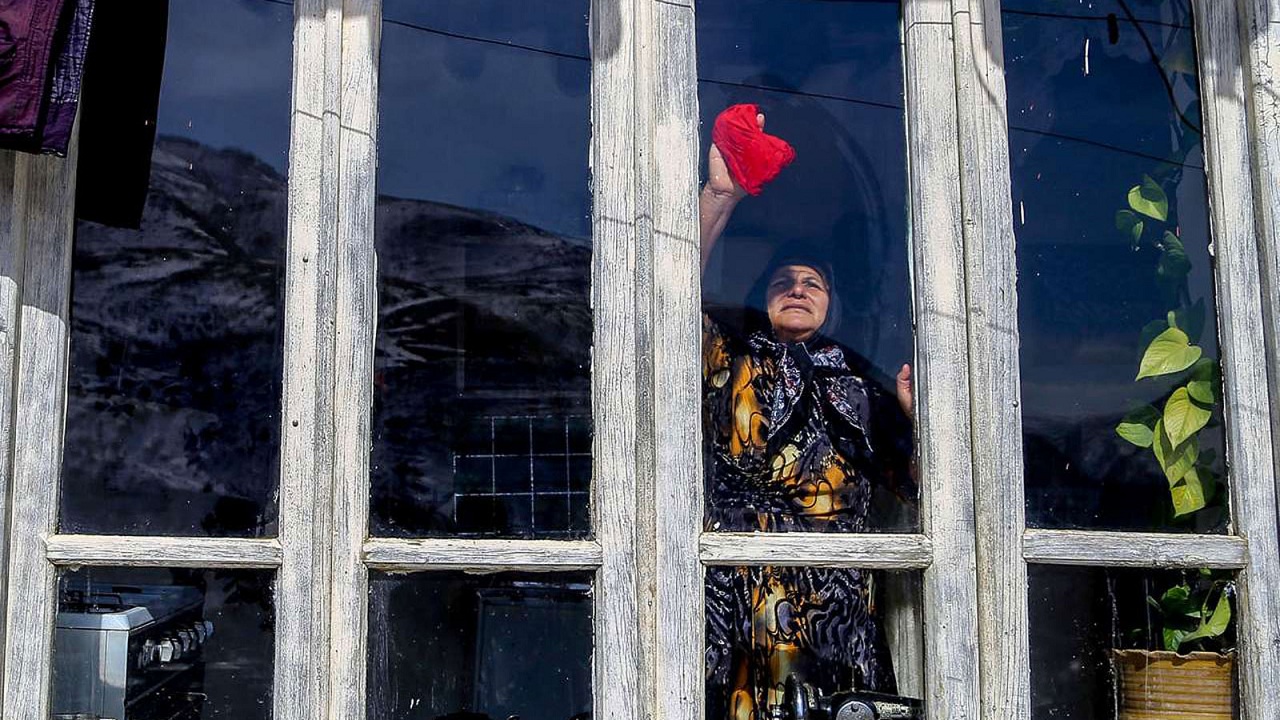
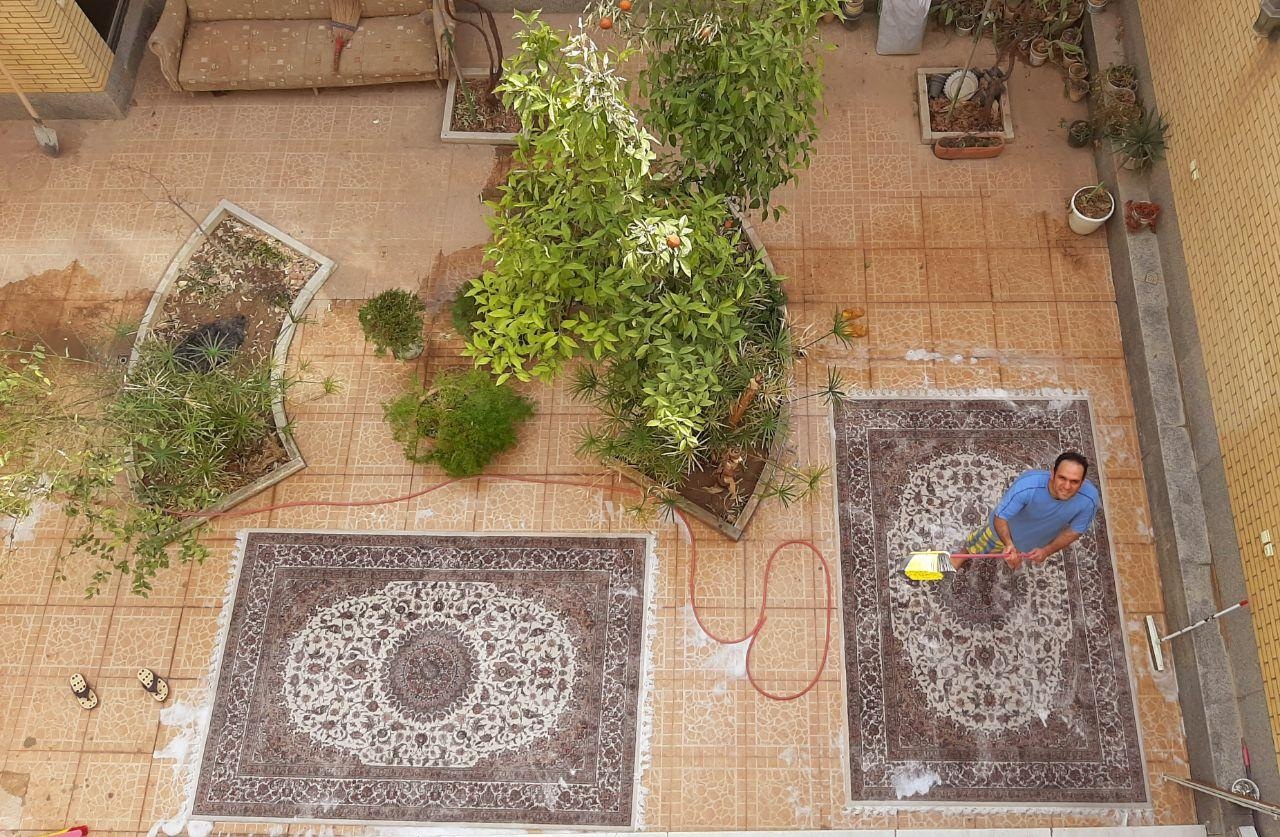
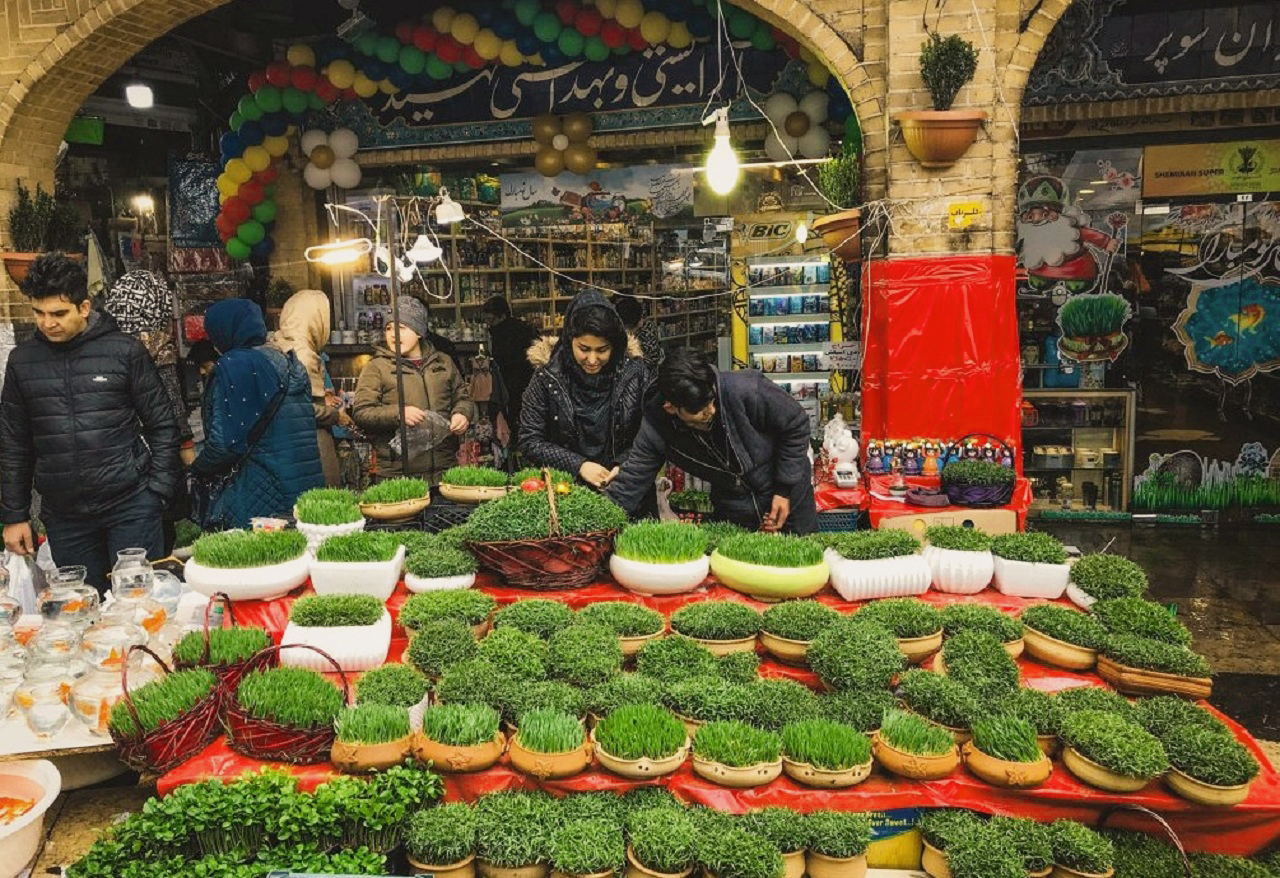
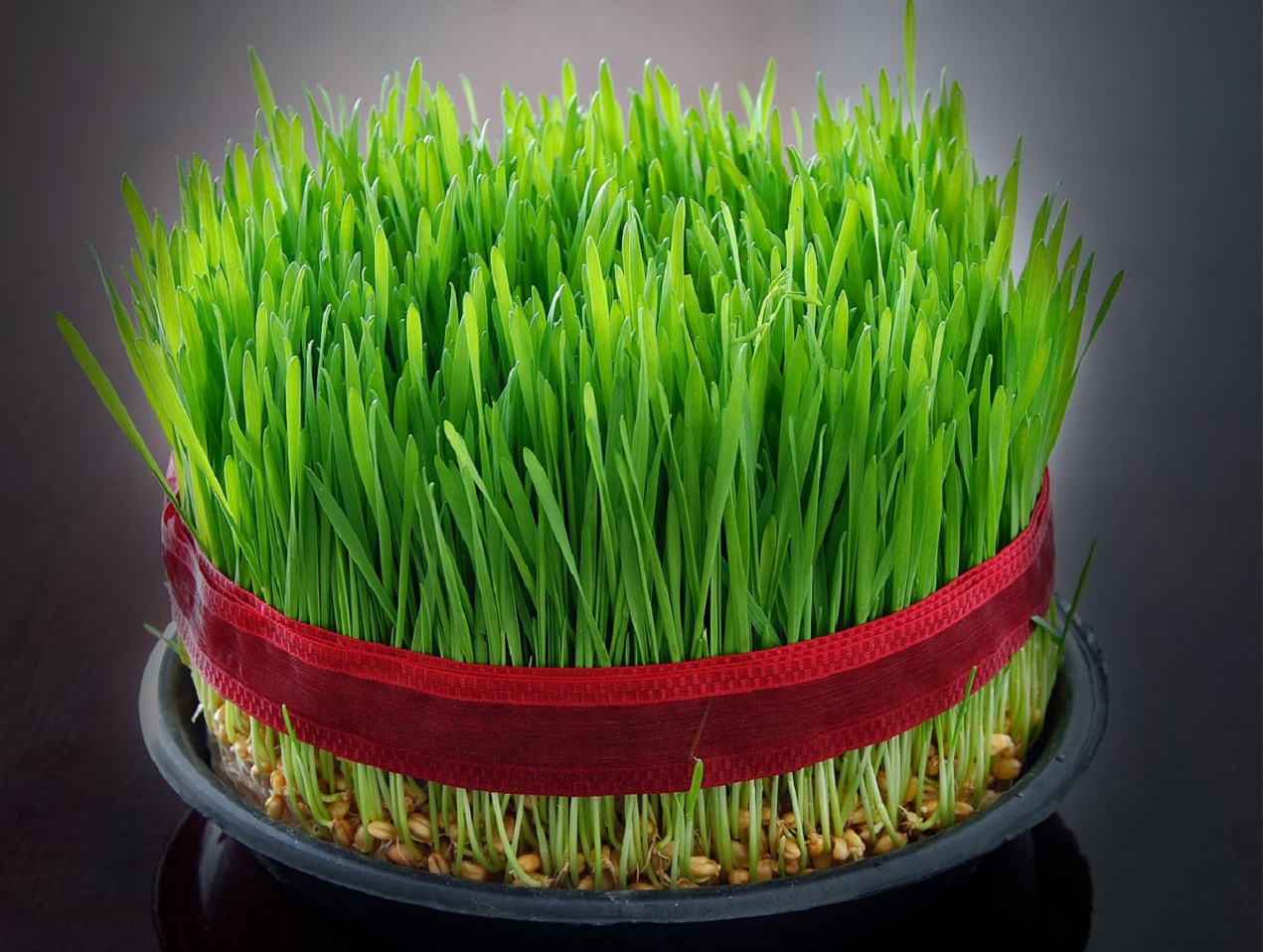
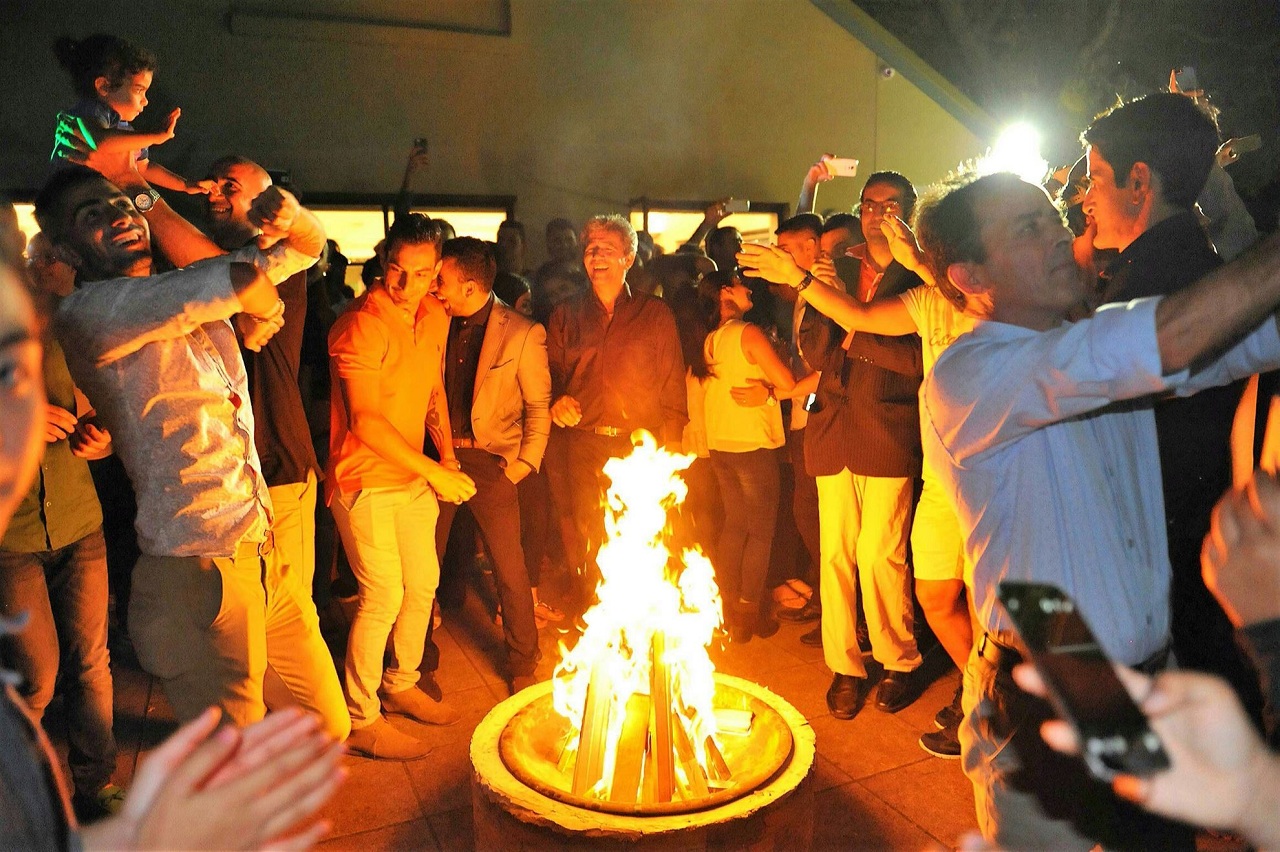
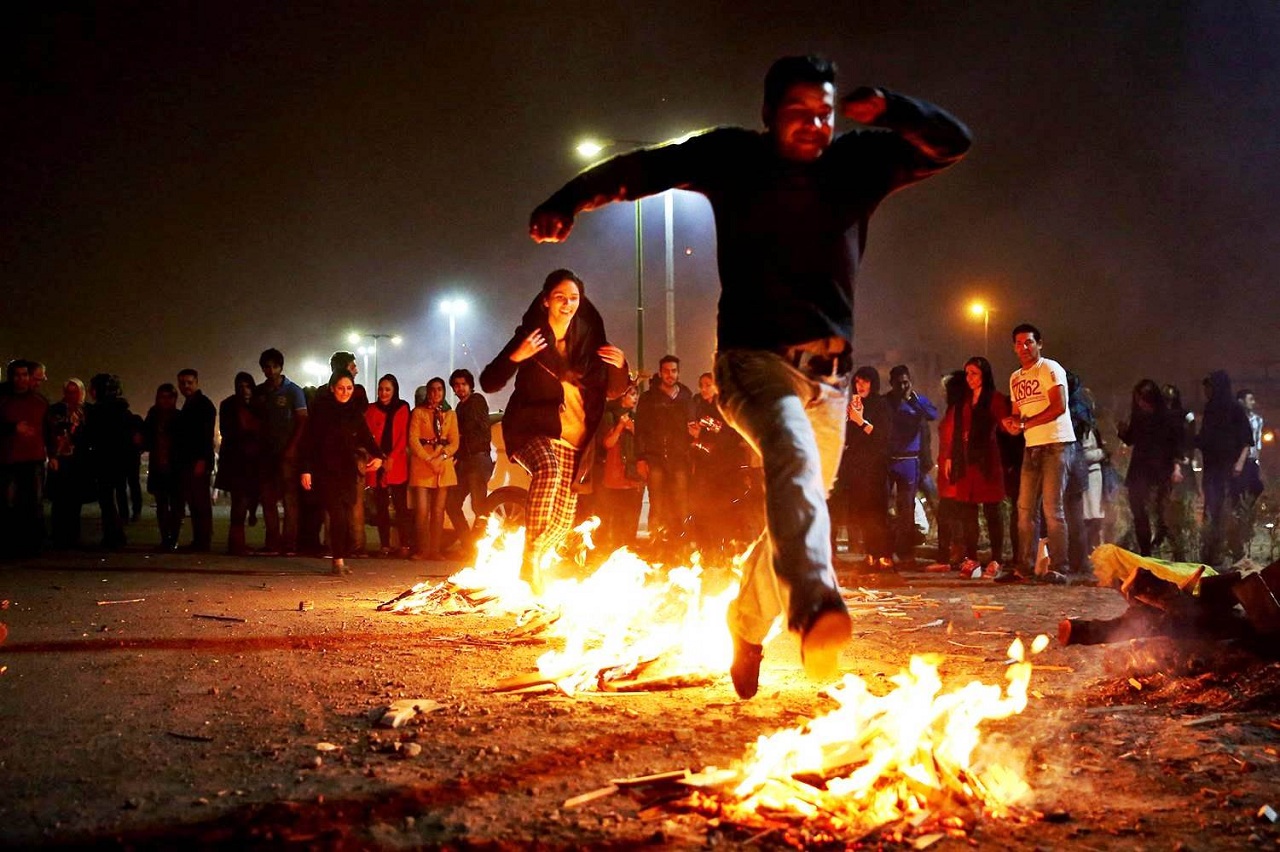
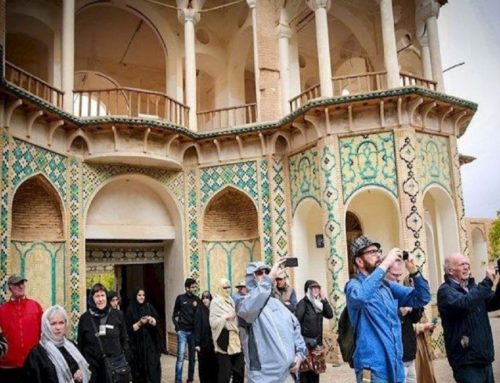

 English
English




Leave A Comment